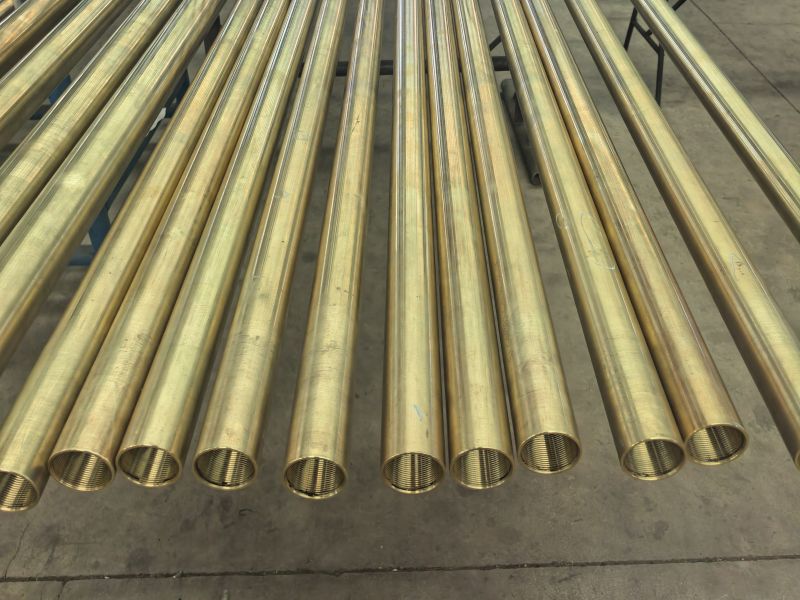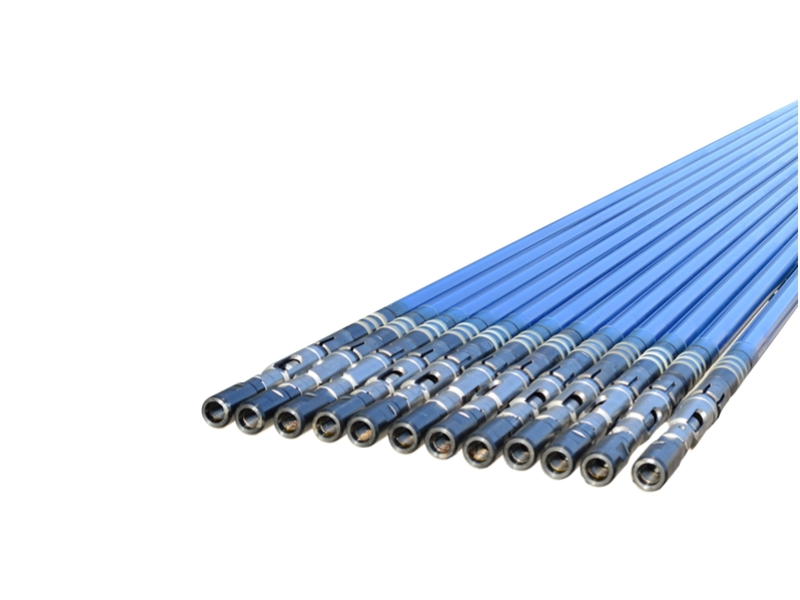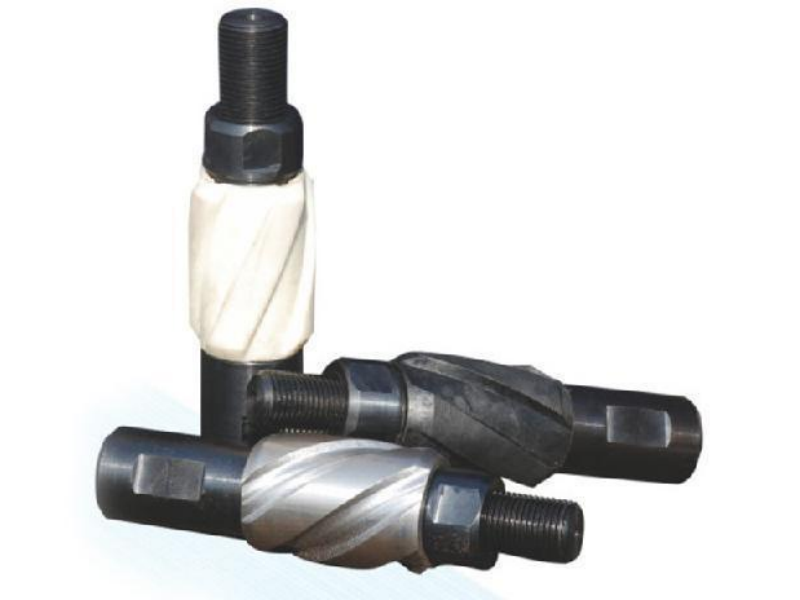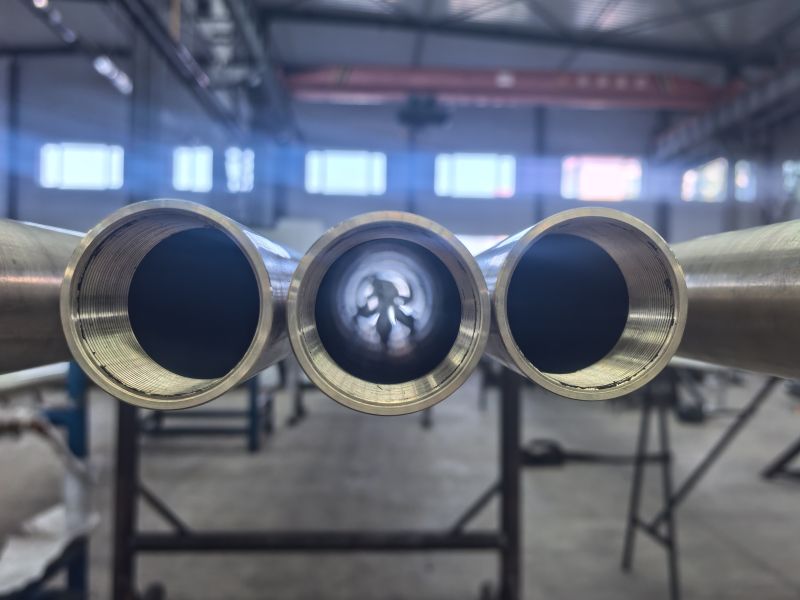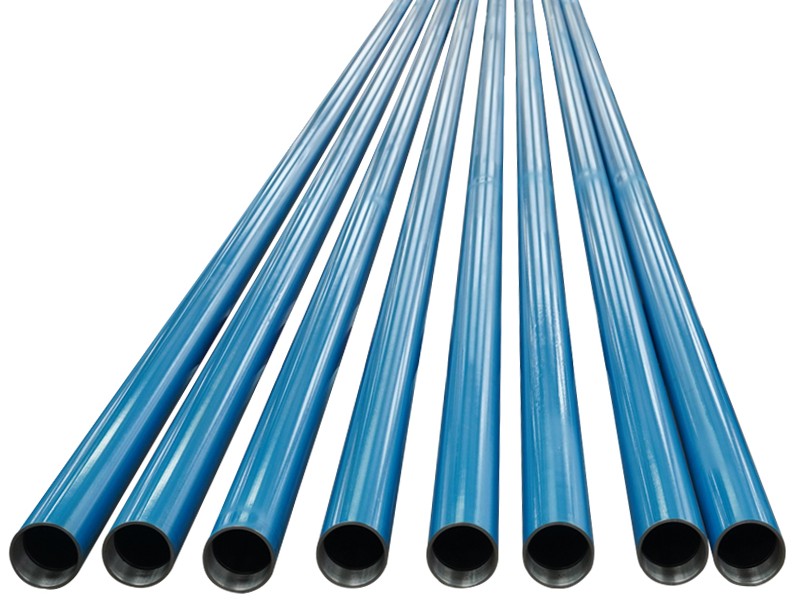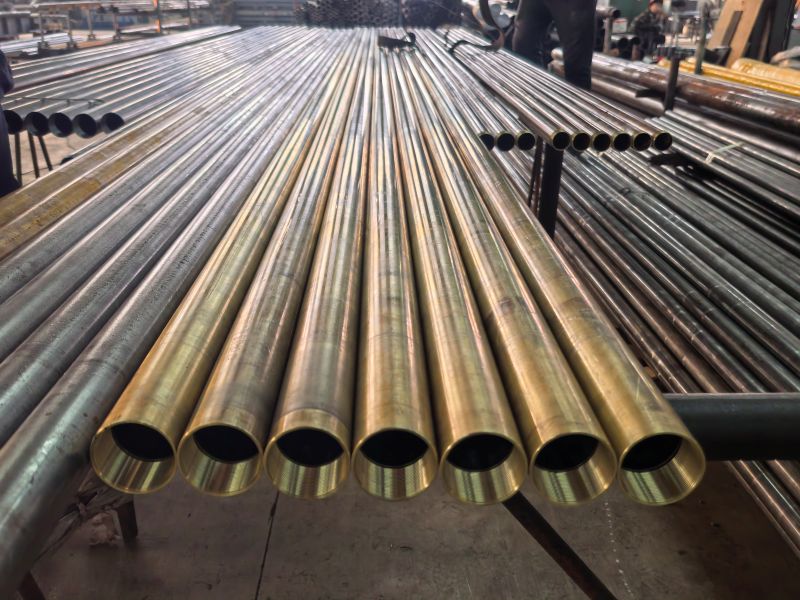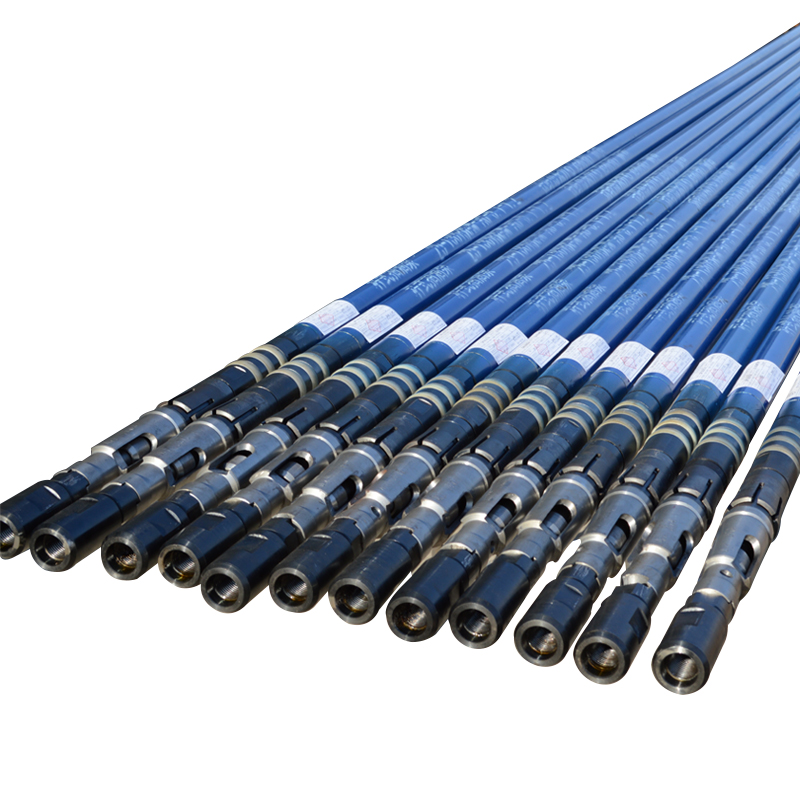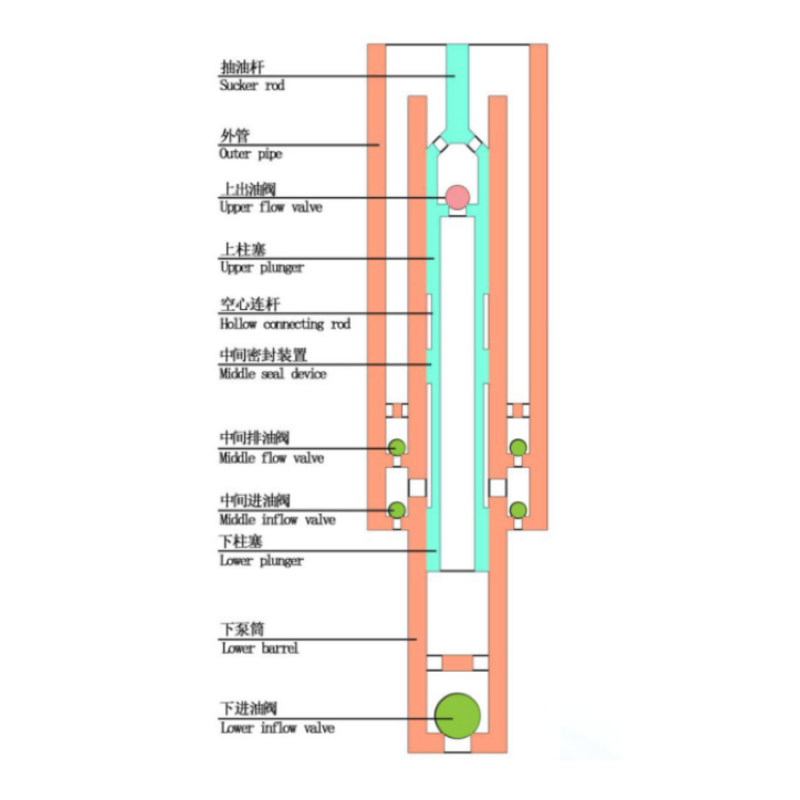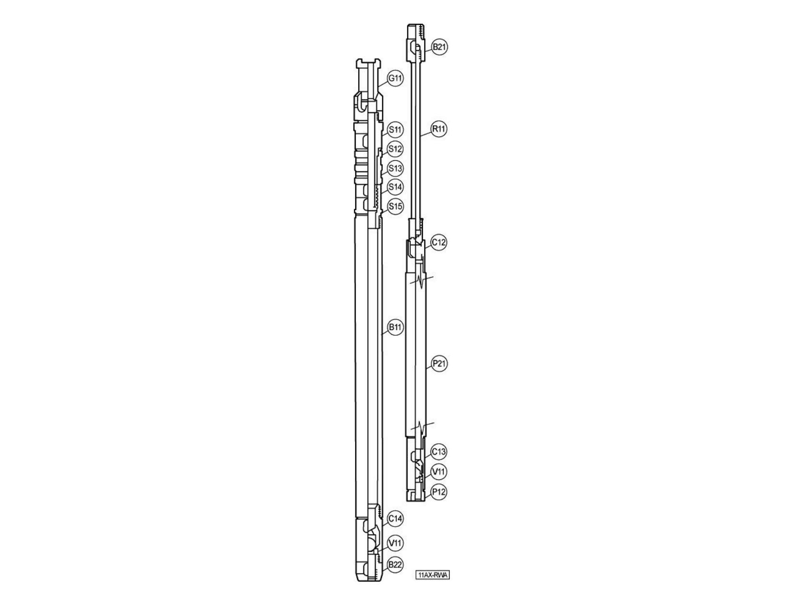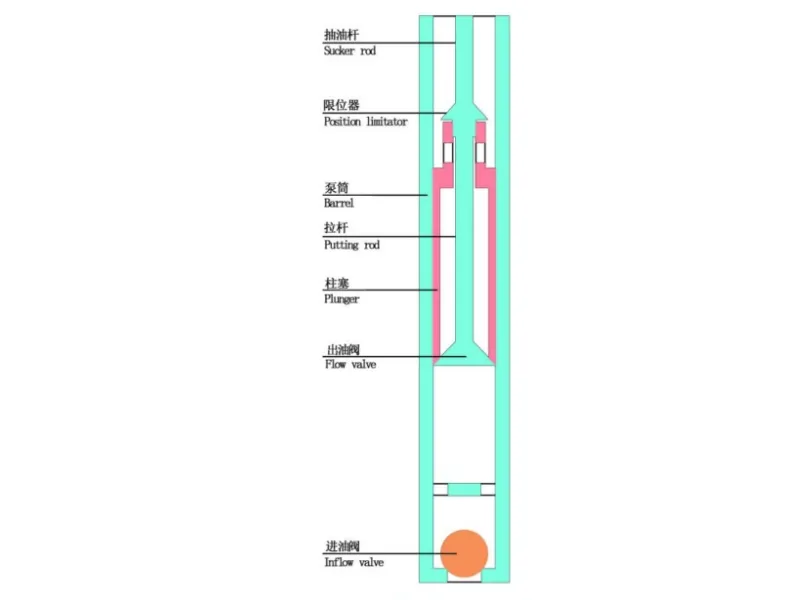10-28/2025
In oil extraction operations, rod pump barrels is the core component of the tubing pump, and the operating status directly determines the oil recovery efficiency and operating cost. Once rod pump barrels fail, it will not only cause oil production to be interrupted, but may also cause complex underground problems, increasing the difficulty of maintenance and economic losses.


